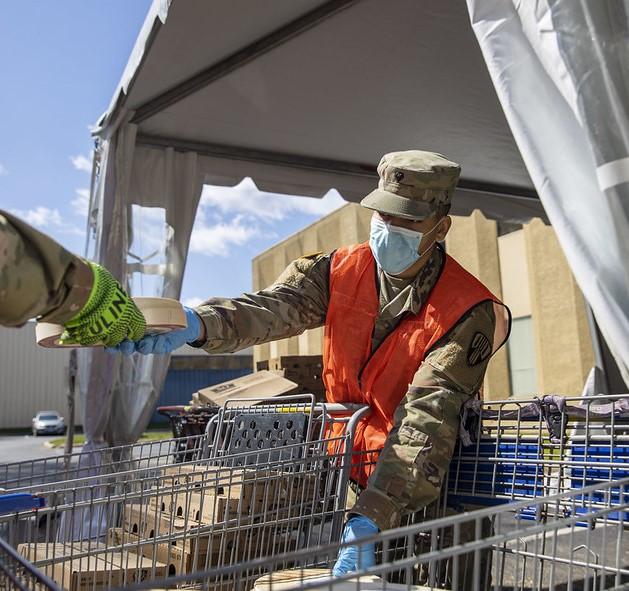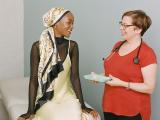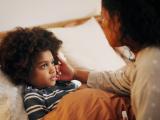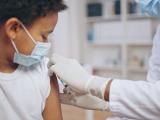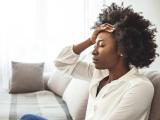Yesterday was the deadliest day yet in the US outbreak of COVID-19, with 4,951 Americans dying in a 24-hour period, a total that was released within hours of President Donald Trump relating the guidelines, "Reopening Up America Again" during the White House coronavirus daily briefing.
According to the New York Times tracker, the country now has 681,727 cases and 31,647 deaths. The New York Times reported that at least 6,900 of those deaths have occurred in nursing homes.
President's plan outlines 3 phases
The guideline contains three phases—which are recommendations and non-binding—and stipulate that regions should consider reopening only when there has been a decline in COVID-19 infections over 14 days, and have the demonstrated hospital capacity to deal with COVID-19 infections.
With a documented decline, an area could enter phase 1, which limits social gatherings to 10 people, sees schools still closed, and limits non-essential travel.
In phase 2, non-essential travel can resume and schools can open. Gatherings should be limited to 50 people. As in phase 1, the elderly and those most at risk for COVID-19 should stay isolated in their homes. Some bars and restaurants could reopen with social distancing guidelines.
In both phase 1 and 2, face coverings, hand hygiene, and telecommuting are encouraged whenever possible. As is maintaining a space of 6 feet apart in public areas when feasible.
In the final phase, phase 3, at-risk individuals can be encouraged to re-engage with public life, and unrestricted staffing in workplaces is encouraged. Phase 3 should start only when a community is confident there is no evidence of rebound of COVID-19 infections.
The guidelines do not address supply chain and cost issues raised by mass testing, or differentiate between interstate and international non-essential travel. Trump said at the briefing that several states are ready to launch into phase 1, as they have seen little COVID-19 activity in the past 6 weeks.
Today Trump took to Twitter to suggest that residents of states, including Minnesota, Michigan, and Virginia, "liberate" themselves from strict social distancing and stay-at-home orders. He also said states have to ramp up their testing.
States announce plans to lift restrictions
Across the country, governors today announced small steps at reopening the economy. Select Florida beaches will open this weekend, and farmer's markets can resume in Vermont on May 1.
In Texas, stores will be open this weekend for "retail-to-go," and elective medical procedures will resume. In Wisconsin and Minnesota, governors said golf courses could open this weekend.
And governors in North Dakota and Idaho said all non-essential businesses can reopen on May 1, while Governor Mike DeWine of Ohio said May 1 will mark the start of slow reopening in his state.
IDSA releases guidelines for reopening
This morning during a media briefing the Infectious Diseases Society of America (IDSA) recommended their own criteria for reopening.
"It's really important to recognize that the social distancing that has worked in many places, as we reopen, will no longer be in effect, and so we need all the other pieces of this puzzle in place—widespread testing, the ability to get in to at-risk places like skilled nursing facilities and get ahead of the curve, and contact tracing—in order to replace the social distancing that's been so effective thus far,” said John Lynch, MD, MPH, associate professor in the University of Washington's Department of Medicine and associate medical director of Harborview Medical Center in Seattle.
IDSA warned that lifting physical distancing too soon would result in a rebound of cases that would threaten to overwhelm hospitals and lead to further economic shutdowns. Before any lifting of restrictions, widespread testing needs to be in place, the group cautioned.
"One of the major missing data points that we have is that we don't know the true number of people who are infected or have been infected with COVID-19," said Tina Tan, MD, professor of pediatrics at Northwestern University's Feinberg School of Medicine.
Today Johns Hopkins University released guidance to governors on reopening states. The document offers risk assessments for non-essential businesses, schools, outdoors spaces, and transportation.
"Businesses and sectors that have low contact intensity, low numbers of contacts, and high ability to modify operations in ways that diminish the potential to spread will be safer to reopen sooner and more fully than those with high contact intensity, high contacts, and the inability to modify or mitigate operations," the document said.
Remdesivir shows promising results
In medical news, the antiviral drug remdesivir showed promising results when used on severely ill COVID-19 patients at the University of Chicago.
The trial, however, was not randomized and did not contain a control arm of patients who did not receive the drug, so the data are not definitive. But the trial results caused stocks in Gilead Sciences, the maker of the drug, to soar today.
Remdesivir was used on 125 COVID-19 patients, 113 with severe disease. Only 2 patients died, and many were discharged after 5 days of infusions with remdesivir, Stat News reported.
Today the National Institutes of Health (NIH) released the finding of a study in macaques that showed the drug reduced clinical disease and lung damage in animals infected with COVID-19.
"The investigators note that the data supports initiating remdesivir treatment in COVID-19 patients as early as possible to achieve maximum treatment effect," the NIH said.
— CIDRAP News reporter Chris Dall contributed to this story.
